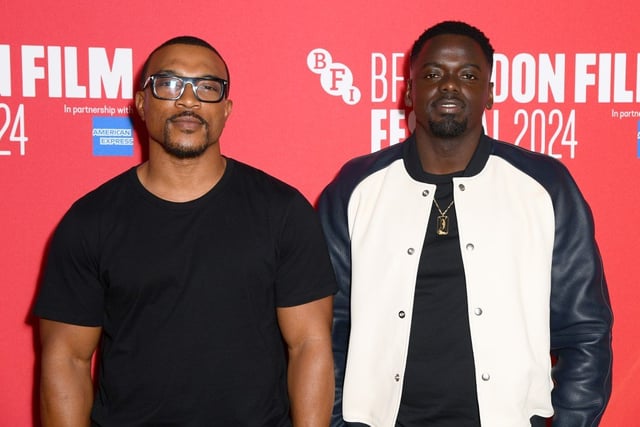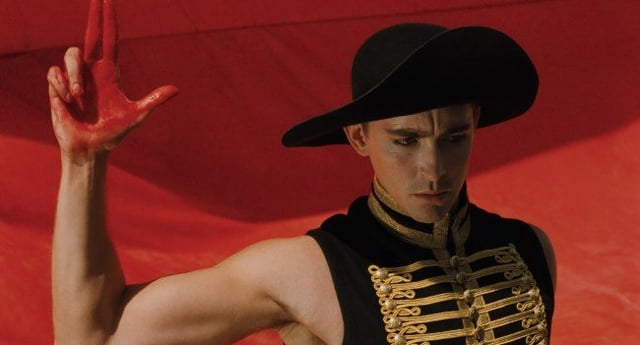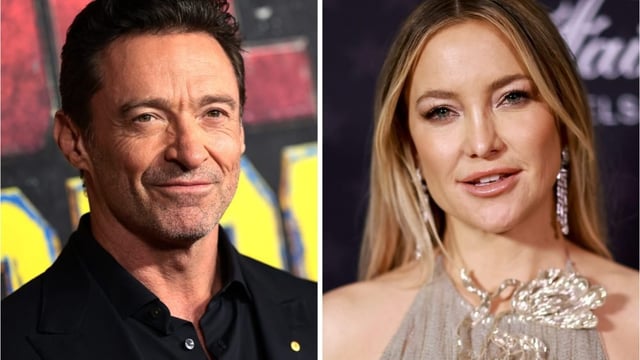Let’s take a moment to raise a glass (preferably filled with a milkshake, and holding a $5 shake is quite literal today) to the relentless bad boy of cinema, Quentin Tarantino, as we revel in the 30th anniversary of his magnum opus, Pulp Fiction. Three decades in and this cinematic grenade refuses to detonate and fade into sepia-toned history. Instead, it continues to shock and awe, drawing in wide-eyed first-time viewers just as it did in 1994. Who would have thought that a tale woven from two-bit brawlers, morally ambiguous hitmen, and unforgettable dance moves would turn into such an electric touchstone?
Tarantino, the Picasso of pop culture, manages to blend lowbrow and highbrow influences like a fervent chef at a bohemian diner. His ability to twist genre tropes with unparalleled panache earns him a seat not just at the director’s table but also among cultural alchemists. It’s not mere filmmaking; it’s an elaborate meal prepared for both the critics with their discerning palates and those searching for a quick, savory snack of entertainment—what a range!
This film is nothing short of a cinematic social experiment, uniting audiences from arthouse cinephiles clad in berets to popcorn-pedaling multiplex crowds geared up for a Saturday night. Every pop reference pulses through its veins, connecting generations of film lovers in a collective groove. If you can’t appreciate Tarantino’s uniquely kaleidoscopic taste, then perhaps you’ve just been swindled by a fast-talking burger joint.
The non-linear narrative of Pulp Fiction was nothing short of revolutionary, like an intricate series of dominoes falling where it doesn’t matter where you pick them up. With storylines colliding and intertwining, it feels less like a traditional linear tale and more like an erratically thrilling scavenger hunt in a labyrinth of bullets and bad decisions. The film’s design brings thematic richness that even my great-aunt Edna, bless her heart, would discuss mid-chapbook reading.
You’d think the dialogue existed in a parallel universe of naturalism, spun from the mouths of charismatic hitmen who debate the sanctity of a diner’s breakfast menu. Tarantino’s ability to craft witty back-and-forths transforms mundane subjects into intellectual bouillabaisse. Those conversations about a Burger Royale or Spider-Man flick throws us right into the lap of character development. The simple act of talking turns into character revelation—take that, existentialism!
Who can forget Travolta’s dance moves so invigorating that they single-handedly revitalized his career, alongside Uma Thurman, the queen of sultry elegance, reviving the spirit of grindhouse cinema with a refreshingly fierce swirl of her own? Those performances cemented their places not merely as actors but icons of what cool looks like in high-definition. Watch it again, and you may find yourself still questioning if you’re rational for shouting, “I’ll have what she’s having!”
The cultural references, folks—good luck trying to track them all. Relentlessly quirky, Tarantino shoulder-padded his montage of eclectic tastes, invigorating both classic Le Samouraï and more contemporary nods that echo through the corridors of cinephilia. He propels reference like a caffeinated Mr. Magorium at a film festival, ensuring that even those enjoying the film with only a casual ‘saw it last week’ attitude embrace sweet pop culture constructs.
At its core, the film invites us to ponder themes heavy enough to sink battleships; honor, redemption, fate, and karma weave seamlessly with the antics of lowlives caught in a morally ambiguous universe. Tarantino isn’t just treating us to celluloid glee; he’s igniting critical discourse around our own ethical compasses. Seek truth through the gunfire—who knew that chic violence could introspect?
Locations like Jackrabbit Slim’s aren’t just settings; they breathe and pulsate with the narrative essence of the film, evoking Hollywood kitsch wrapped in a nonchalant blue-collar style. Those neon lights will stop you in your tracks, suggesting there might still be some retro-futuristic wildness left lurking in those open spaces of diner booths between the grisly undertones.
Tarantino inherently crafts not just films but legend ought; Pulp Fiction solidifies itself as a nexus of cultural commentary and style that whispers (or perhaps screams) through the generations. Whether you guffaw, cringe, or contemplate as it unspools—its legacy remains a resounding call to arms for another reason to linger in the theater of our hearts. You best believe another set of young cinephiles lurks at the edges, smitten with idealistic angst that somehow, somewhere, Quentin will keep playfully flipping the script—or we’re all going to lose it on the last call at the diner.
Pulp Fiction, now three decades old, continues to defy the passage of time with its razor-sharp dialogue and non-linear storytelling, proving that even in a world steeped in mediocrity, genius can remain electrifying. But I must ask, is Quentin Tarantino’s flamboyant style beginning to wear thin like those once-chic oversized pants, or does it still spark joy amidst today’s cinematic landscape? Join the conversation and let’sgnash our teeth with the latest in film news by checking out more riveting stories at this link.
image source




